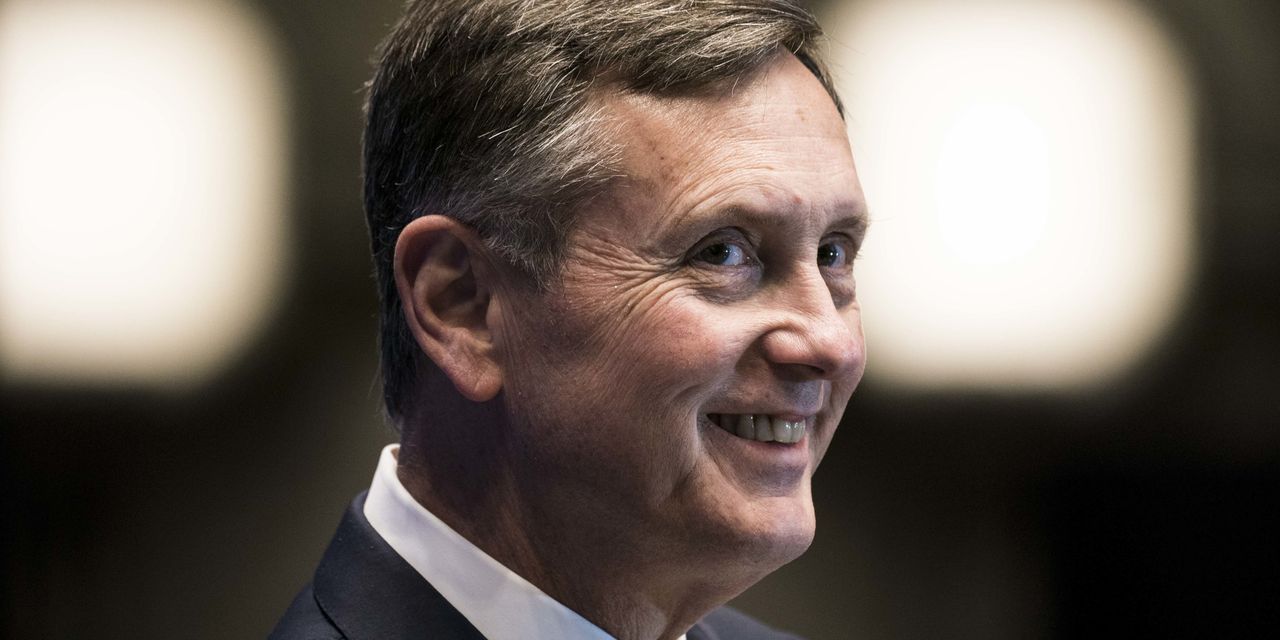The former vice chairman of the Federal Reserve said it’s unrealistic to expect the central bank to start cutting interest rates in the near future given the persistence of high inflation.
Richard Clarida, who left the board in 2022, said the Fed is likely to raise rates one or two more times and then pause to see how much inflation declines. Higher borrowing costs reduce inflation by slowing the economy.
Wall Street investors, for their part, have been pricing in Fed rate cuts later this year on the assumption the economy would slow or even tip into recession. The central bank has jacked up a key short-term rate from near zero to a top end of 5% in just one year.
Rising rates have put more stress on the economy and helped trigger the failure of Silicon Valley Bank. The Fed cited the bank’s failure and resulting turmoil in the U.S. financial system to partly explain why it raised rates by just a quarter-point at its last meeting earlier this month.
Clarida said he would have been hesitant to raise rates by 1/2 percentage point at the last meeting even had the SVB failure not happened. He spoke at a conference in Washington on Wednesday held by the National Association of Business Economists.
At the same time, though, he said markets should not discount the idea the Fed could raise rates again later in the year if inflation doesn’t fall faster.
“Things were teed up before SVB to have a pause,” he said. “The Fed would, and I think will go out of its way, to say it’s a pause and not that they are done.”
The rate of inflation stood at 6% in February, based on the consumer price index. That’s three times higher than the Fed’s 2% target and well above the 1.5% annual average in the decade before the pandemic.
While inflation slowed toward the end of 2022, price pressures have not relaxed as much in the past several months.
For that reason Clarida doesn’t think the Fed is going to finish raising rates in, say, May, and then start cutting rates a few months later as many investors are betting.
“There is a disconnect right now between what [the Fed] thinks will be required to reduce inflation and what the markets are pricing in,” he said.
Read the full article here








